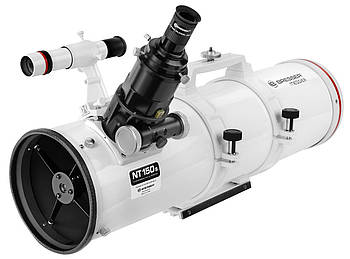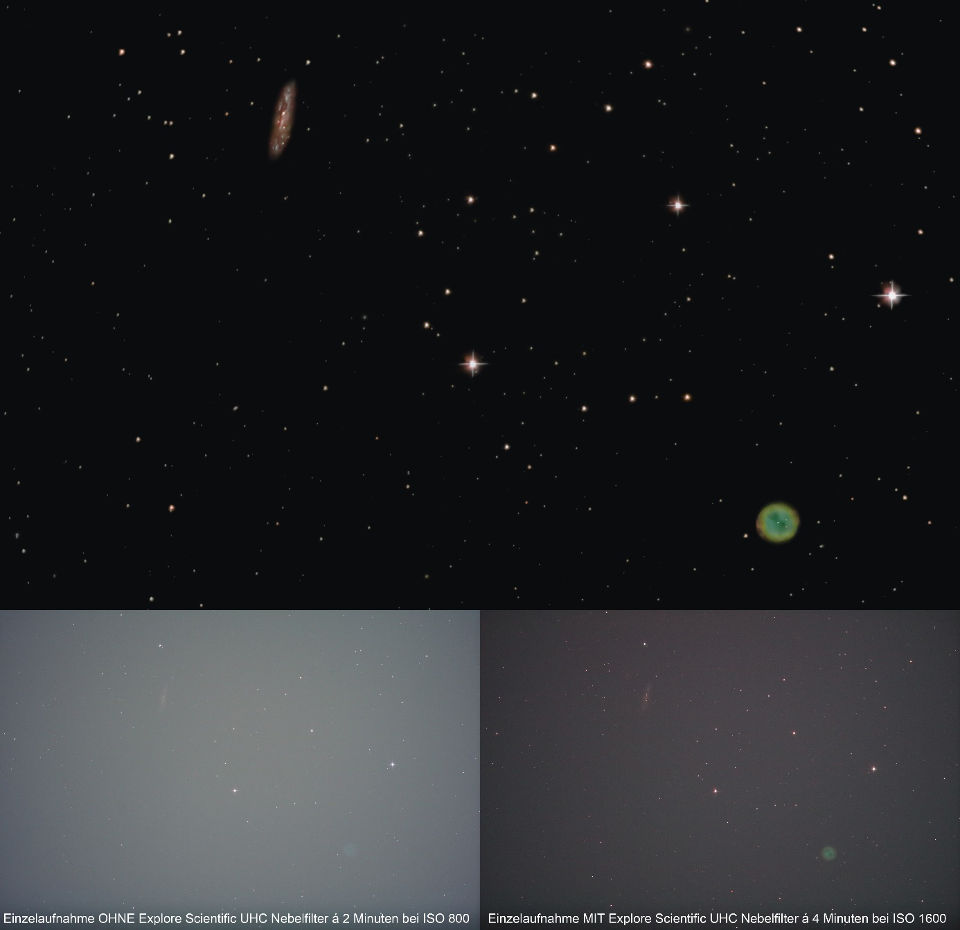The telescope: An aperture of 150 mm and a focal length of 750 mm results in an aperture ratio of f / 5. In my opinion, this opening ratio is very good for an all-rounder. If I would rather tend to faster aperture ratio in Deep Sky observations (f / 4 or even f / 3), they don’t accept any tolerance in the adjustment, which is reflected in the figure. For planetary observations larger aperture ratios are rather possible (f / 5 to e.g. f / 13).
Conclusion: With an opening of 150mm, a weight of just 5.5kg and an aperture ratio of f / 5, I think the device can be used as a multi-talent almost everywhere.

 Deutsch
Deutsch
 English
English
 Francais
Francais
 Español
Español
 Italiano
Italiano
 Nederlands
Nederlands
 Polski
Polski



